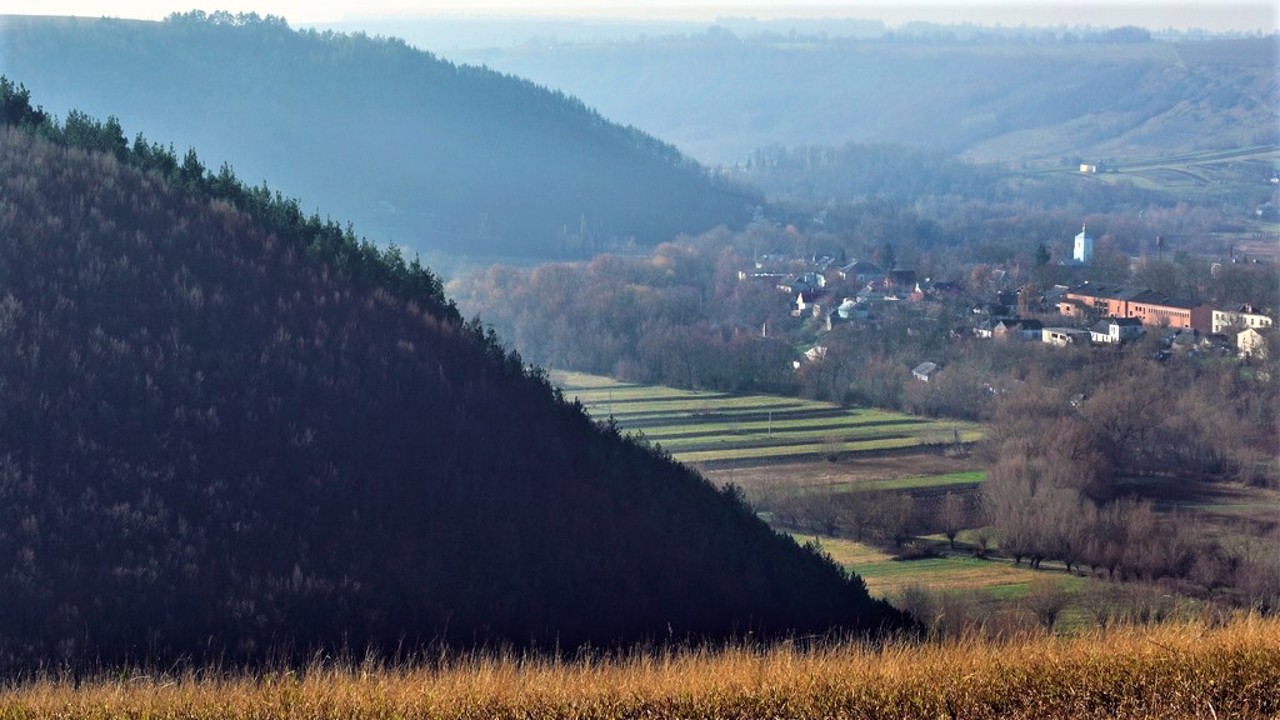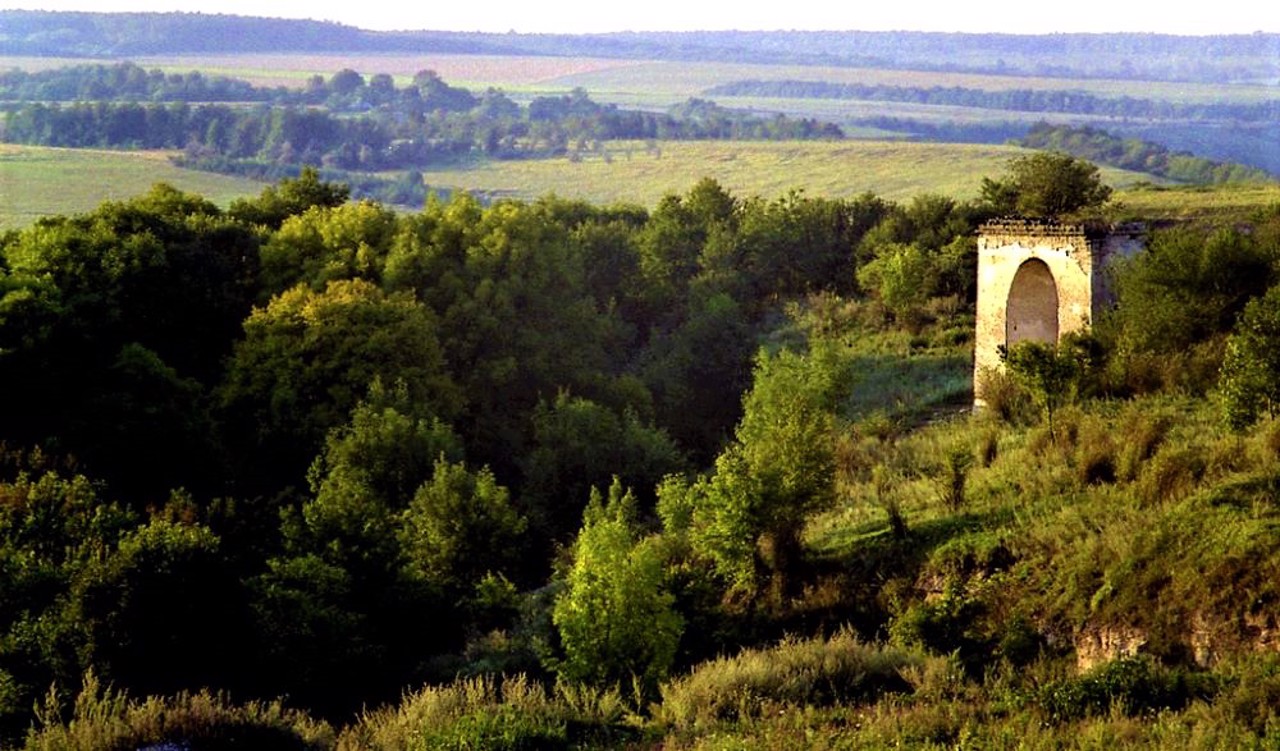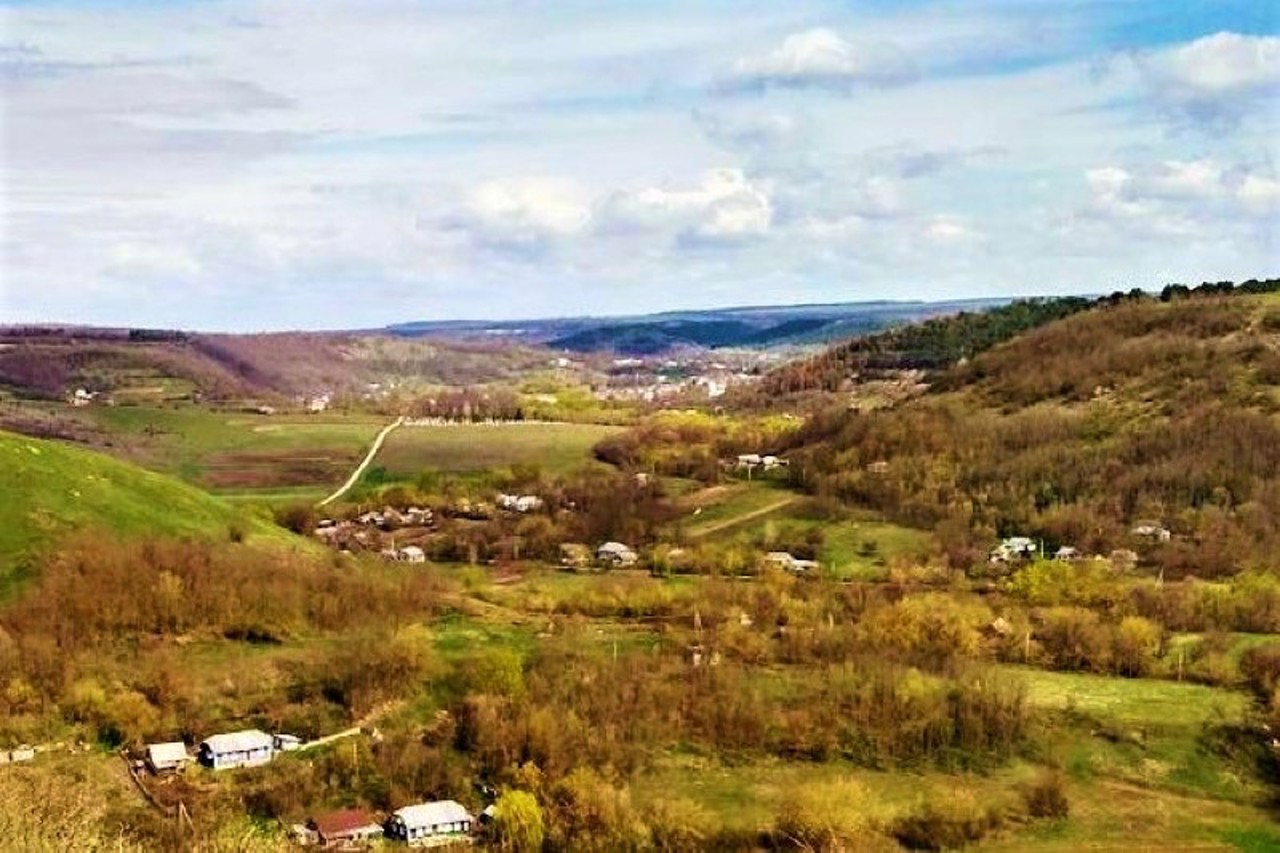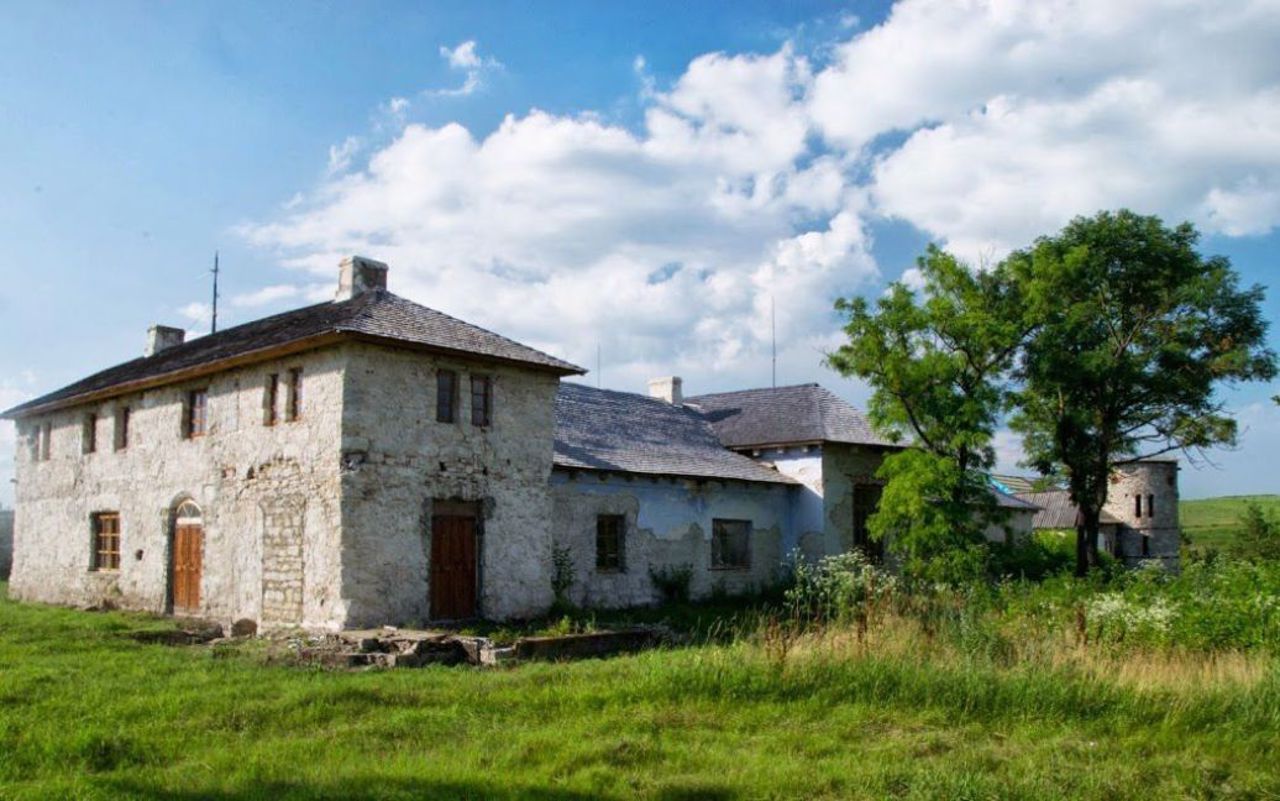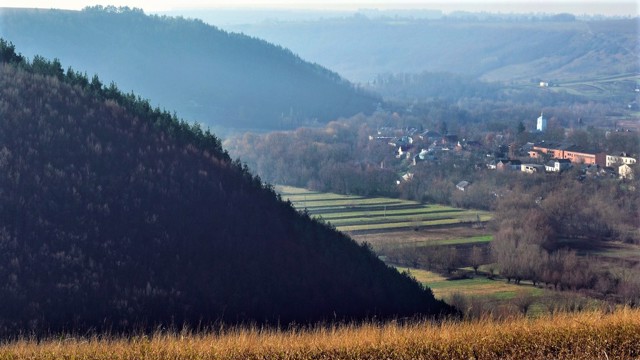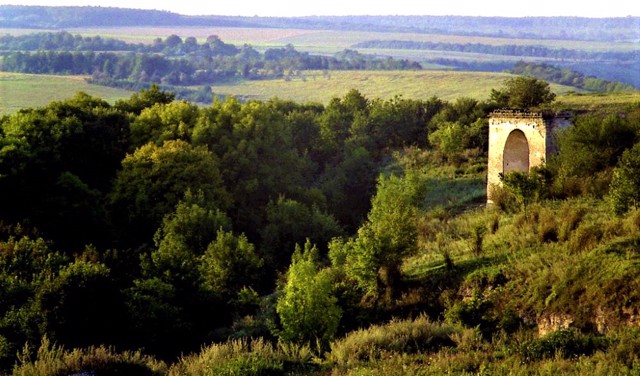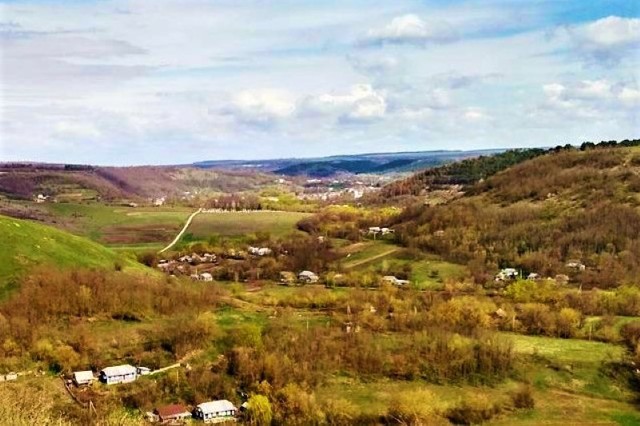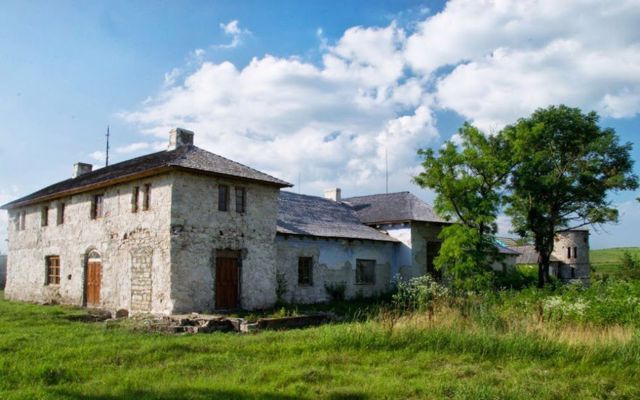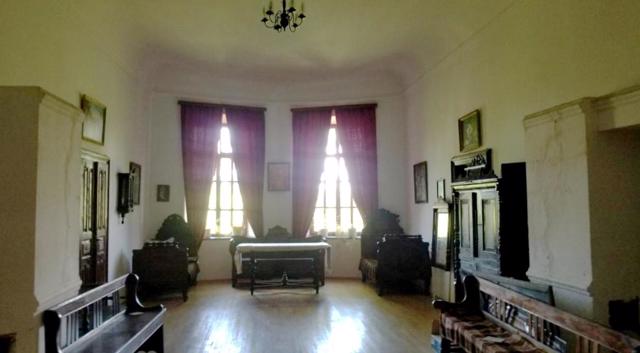Functional temporarily unavailable
Mynkivtsi
Travel guide online Mynkivtsi
General information about Mynkivtsi
The village of Mynkivtsi is located in the picturesque valley of the Ushytsia River between Dunaivtsi and Nova Ushytsia.
It has been known since 1407, when the Polish king Władysław II Jagiełło donated these lands to a certain Yakush from Mankivtsi. During the entire history, the village was destroyed by the Tatars 8 times.
At the beginning of the 17th century, the people of Mynkivtsi were owned by Polish nobles of the Stanislaviv coat of arms "Pilyava", who built a small castle here (not preserved). It was captured twice by Cossack units during the War of Liberation.
In 1782, the tycoon Wojciech Scibor Marchocki became the owner of Mynkivtsi, and after his death - his nephew Ignacy Jerzy Scibor Marchocki. From 1793 to 1831, Mynkivtsi was the capital of ...
The village of Mynkivtsi is located in the picturesque valley of the Ushytsia River between Dunaivtsi and Nova Ushytsia.
It has been known since 1407, when the Polish king Władysław II Jagiełło donated these lands to a certain Yakush from Mankivtsi. During the entire history, the village was destroyed by the Tatars 8 times.
At the beginning of the 17th century, the people of Mynkivtsi were owned by Polish nobles of the Stanislaviv coat of arms "Pilyava", who built a small castle here (not preserved). It was captured twice by Cossack units during the War of Liberation.
In 1782, the tycoon Wojciech Scibor Marchocki became the owner of Mynkivtsi, and after his death - his nephew Ignacy Jerzy Scibor Marchocki. From 1793 to 1831, Mynkivtsi was the capital of the Mynkivtsi State, proclaimed by Marchocki, which unofficially existed as part of the Russian Empire after the division of Poland. Serfdom was abolished here, rights and freedoms were granted to residents. In 1818, Scibor Marchocki hosted Russian Emperor Oleksandr I in Mynkivtsi.
In 1838, the construction of the stone Orthodox church of Archangel Michael was completed in Mynkivtsi (according to one version, its bell tower was rebuilt from the castle tower). The Catholic church was not preserved.
Село Миньківці розташоване в мальовничій долині річці Ушиці між Дунаївцями та Нової Ушицею.
Відоме з 1407 року, коли польський король Владислав II Ягайло дарував ці землі якомусь Якушеві з Маньківців. За всю історію село 8 разів руйнували татари.
На початку XVII століття Миньківці опинилися у власності польських шляхтичів Станіславського герба "Пилява", які збудували тут невеликий замок (не зберігся). Його двічі захоплювали козацькі загони під час Визвольної війни.
В 1782 році власником Миньківців став магнат Войцех Сцибор-Мархоцький, а після його смерті - його племінник Ігнацій Єжи Сцибор-Мархоцький. З 1793 по 1831 рік Миньківці були столицею проголошеної Мархоцьким Миньковецької держави, що неофіційно існувала в складі Російської імперії після поділу Польщі ...
Село Миньківці розташоване в мальовничій долині річці Ушиці між Дунаївцями та Нової Ушицею.
Відоме з 1407 року, коли польський король Владислав II Ягайло дарував ці землі якомусь Якушеві з Маньківців. За всю історію село 8 разів руйнували татари.
На початку XVII століття Миньківці опинилися у власності польських шляхтичів Станіславського герба "Пилява", які збудували тут невеликий замок (не зберігся). Його двічі захоплювали козацькі загони під час Визвольної війни.
В 1782 році власником Миньківців став магнат Войцех Сцибор-Мархоцький, а після його смерті - його племінник Ігнацій Єжи Сцибор-Мархоцький. З 1793 по 1831 рік Миньківці були столицею проголошеної Мархоцьким Миньковецької держави, що неофіційно існувала в складі Російської імперії після поділу Польщі. Тут було скасоване кріпосне право, жителям надані права та свободи. В 1818 році Сцибор-Мархоцький приймав в Миньківцях російського імператора Олександра I.
В 1838 році в Миньківцях було завершено будівництво кам'яної православної церкви Архангела Михайла (за однією з версій, її дзвіниця перебудована з замкової вежі). Католицький костел не зберігся.
Сплануй своє перебування у Mynkivtsi
What to see and where to go in Mynkivtsi
Tourist attractions and museums of Mynkivtsi
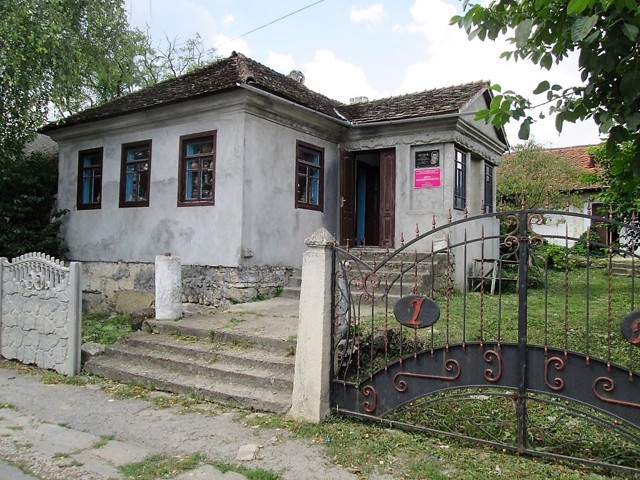
Ihnatsiy Stsybor-Markhotsky Memorial Museum
Museum / gallery
The memorial museum of the reformer Count Ihnatsiy Stsybor-Markhotsky in Mynkivtsi is dedicated to one of the most extravagant Podillya landowners of the 18th century, the founder of the self-proclaimed Mynkivtsi state, which existed for 30 years within the Mynkivtsi Kluch on the territory of the present Kamyanets-Podilsky district.
Hundreds of exhibits tell about the life of Ihnatsiy Stsybor-Markhotsky, as well as the organization of his small state, which had its own constitution, a judicial system based on Roman law, and its own currency.
The museum was opened in 2012 in an ancient building that once housed the NKVD and the Gestapo. Pretrial detention cells have been preserved in the basement and basement floors. In 2010, a memorial sign to the victims of the Holodomor and repressions was installed in front of the house.
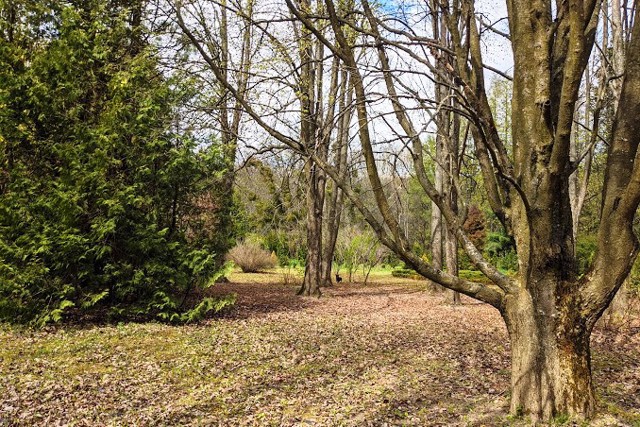
Mynkivtsi Arboretum
Park / garden
Mynkivtsi dendrological park was founded in 1958-1960. on the initiative of the head of forestry Serhiy Bulba. In 1969, the Arboretum received the status of a nature reserve.
The first seedlings were brought from the Kamyanets-Podilskyi Botanical Garden and the Novoushytskyi nursery. Currently, more than 200 taxa of different plants are represented in the park, the total area of which is 3 hectares. Particular attention should be paid to the oils of western thuja and evergreen boxwood, barberry, birch and juniper. Among other noteworthy species are two-lobed ginkgo, Weymouth pine, cedar pine (Siberian), velvet trees, Kelreiteria hurtovina, Kuril bush tea, bush sekurinega, soap and suction trees, Japanese bunduk, Virginia persimmon.
In addition, there is a nursery for ornamental plants on the territory of the Mynkivtsi park.
Mynkivtsi in news and blogs
Reviews Mynkivtsi
Geographical information about Mynkivtsi
| {{itemKey}} | {{itemValue}} |
|---|---|
| Region |
Khmelnytskyi |
